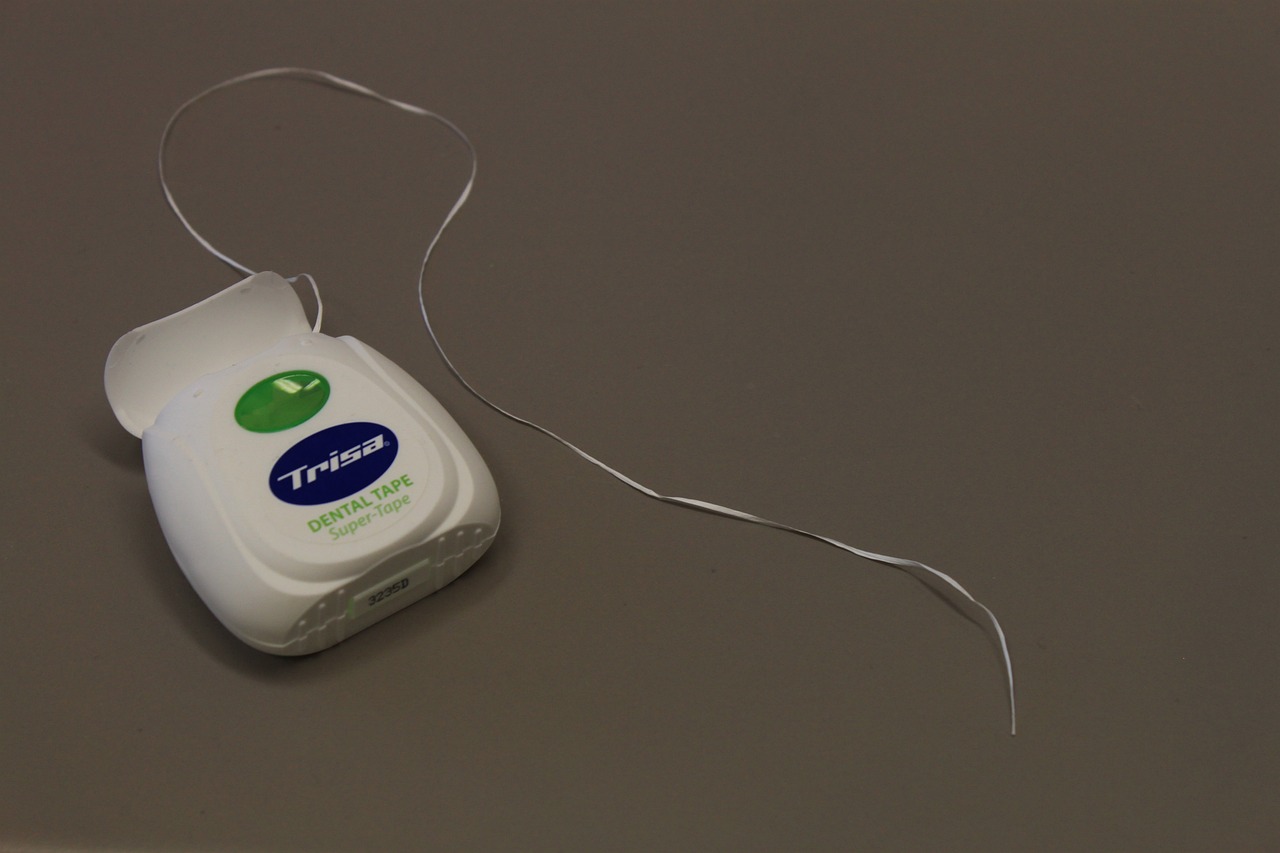How to Know If You’re Flossing Correctly

Flossing is an important part of your daily dental hygiene. Not only does it help keep teeth clean, but it also keeps gums healthy. In addition, by maintaining healthy gums, you keep harmful bacteria from entering your bloodstream, which, in some cases, can navigate to the heart and cause heart diseases such as endocarditis or pericarditis.
How do you know if you’re flossing correctly? Ask your dentist or dental hygienist to show you how you should be flossing your teeth when you attend your twice yearly dental visit for a thorough dental cleaning. During this check-up, your hygienist will also floss in the spaces between your teeth to remove any plaque and bits of food.
At home, to floss correctly, gently insert dental floss between each tooth and move it back and forth and up and down the sides of each tooth. If flossing is done at least daily, bacteria that causes tooth decay or gum deterioration won’t build up.
One way to know if you’re flossing correctly is lack of bleeding. Healthy gums do not bleed during flossing. Some people do have sensitive teeth, but bleeding should not occur regularly. If this continues or flossing becomes painful, have your dentist evaluate your mouth for infection or other dental problems.
Poor dental hygiene leads to many health issues including periodontal disease, which is disease of the gum tissue. Periodontal disease causes serious health risks in addition to dental problems. Not properly flossing and brushing cause inflammation and infection of the gums. In addition, gum disease may be responsible for the loss of teeth due to infection. If gum disease is not properly treated in a timely manner, tooth loss can result, causing pain and improper and inadequate chewing of food. Not only is periodontal disease painful to treat, but it is also quite expensive and most of it is not covered by basic dental insurance.
Another way to know if you’re flossing correctly is by the amount of floss you use. Each flossing should be done with a 14- or 15-inch length of floss. After each area between teeth is flossed, move a couple of inches up or down the floss to a new clean area as you continue the process. A good flossing at least once per day should take about 5-7 minutes.
Using disposable, plastic-handle flossing picks is not recommended for daily flossing. These portable flossing tools have a piece of floss roughly about an inch long set on a plastic handle. The floss is stretched between two points to allow access between teeth while you control it with the handle. While these are convenient for on-the-go use, they should not be your regular flossing option. These picks are best carried in a purse or pocket to conveniently remove food bits from teeth when not at home.
While it may not be convenient to floss after every meal, removal of food particles from between teeth at least once a day helps maintain a healthy and comfortably clean mouth. Flossing and proper dental care from an early age are the best defenses against tooth decay and tooth discoloration or disfiguration.
Taking the time and expending the energy to care for teeth properly every day is worth its weight in gold. A little prevention goes a long way in at-home dental care. Twice a year visits to the dentist are a valuable way to prevent disease or catch it in its earliest stages. Ask your dentist if you’re flossing correctly and inquire about proper home care to keep your mouth healthy and pain-free well into your later years.
The Author:
A practicing periodontist, speaker, educator and professional in New York sedation dentistry, Dr. Joseph Zelig, D.D.S. is currently practicing at Smile in the City.
Photo. Muklinika









Dental flossing is an important part of your daily dental care. Flossing minimize the chances to dental problems.
I think for the most part, people do not realize how important flossing is to their everyday lives. It removes the hard to reach particles in between your teeth. As a dentist, I get complaints every now and then about bleeding gums, but this either happen because you floss too hard, or there is already an underlying problem.
Most people are now too informed and question everything. I read a post recently saying that flossing is not exactly required to maintain dental hygiene, but we all know that is certainly not true. There are areas in between our teeth where plaque could accumulate if not taken care of properly, this is where the floss comes in. Hygiene should be part of our regular routine, we do it daily like bathing, brushing and so as flossing. We, dentists could only do so much in maintaining pearly white smiles and people need to do their own part, too. Before it gets too late.